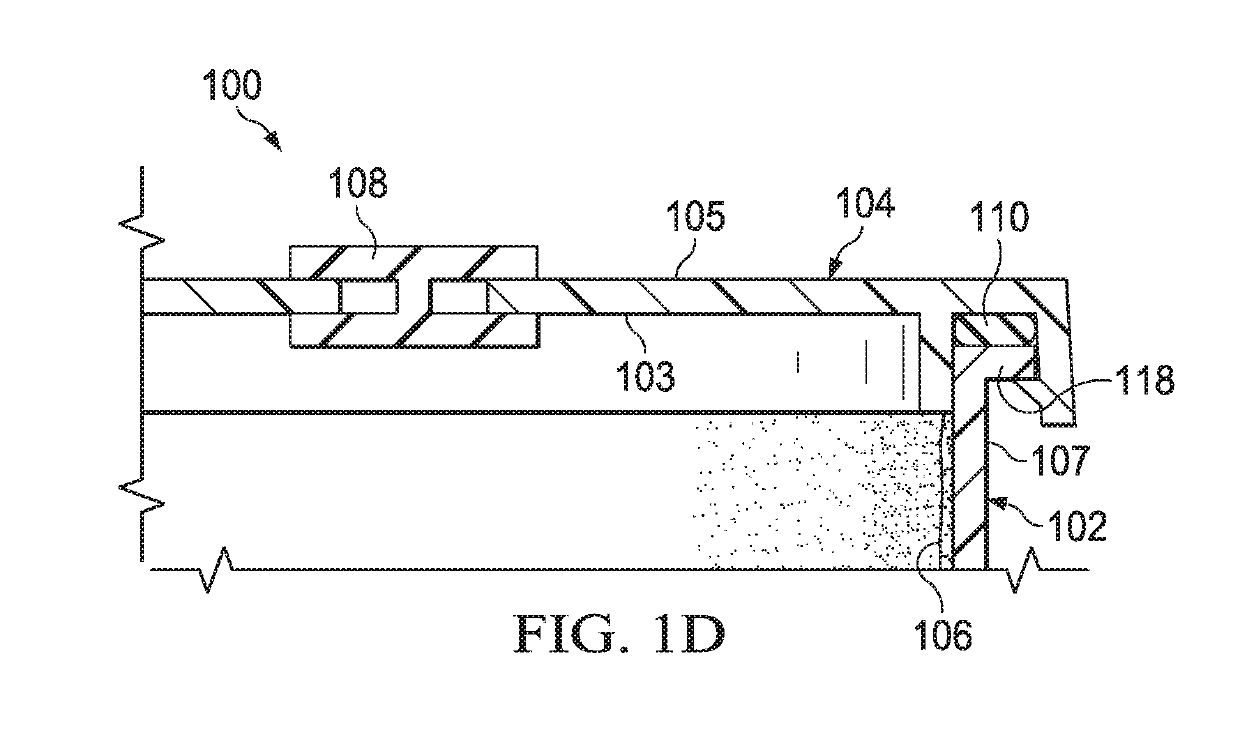Sealable container for food waste collection
a food waste and sealable technology, applied in the field of sealable containers for food waste collection, can solve the problems of difficult sealing of large bins, difficult to move a single individual's bin from the kitchen to the place it is stored for pickup, and large drums that are heavy and difficult to transport for the kitchen staff. , to achieve the effect of reducing the overall cost, preventing spills, and increasing participation ra
- Summary
- Abstract
- Description
- Claims
- Application Information
AI Technical Summary
Benefits of technology
Problems solved by technology
Method used
Image
Examples
Embodiment Construction
[0017]Described herein, in certain embodiments, are methods for evacuating food waste from a food permitted establishment, the method comprising: providing at least one sealable container to the food permitted establishment, wherein the at least one sealable container comprises a vessel and a lid, wherein the vessel comprises a base portion and at least one vertical sidewall forming a closed bottom, an inner surface, and an open top for receiving the food waste, the inner surface having been exposed to a chemical for a period of time to form a coating resistant to molecule permeation, and wherein the lid is configured to attached to a top portion of the at least one vertical sidewall to cover the open top and form a seal preventing oxygen from entering the sealable container; distributing the at least one sealable container within the food permitted establishment where food is going to waste; filling the vessel of the at least one sealable container with the food waste leaving room ...
PUM
| Property | Measurement | Unit |
|---|---|---|
| volume | aaaaa | aaaaa |
| volume | aaaaa | aaaaa |
| time | aaaaa | aaaaa |
Abstract
Description
Claims
Application Information
 Login to View More
Login to View More - R&D
- Intellectual Property
- Life Sciences
- Materials
- Tech Scout
- Unparalleled Data Quality
- Higher Quality Content
- 60% Fewer Hallucinations
Browse by: Latest US Patents, China's latest patents, Technical Efficacy Thesaurus, Application Domain, Technology Topic, Popular Technical Reports.
© 2025 PatSnap. All rights reserved.Legal|Privacy policy|Modern Slavery Act Transparency Statement|Sitemap|About US| Contact US: help@patsnap.com



